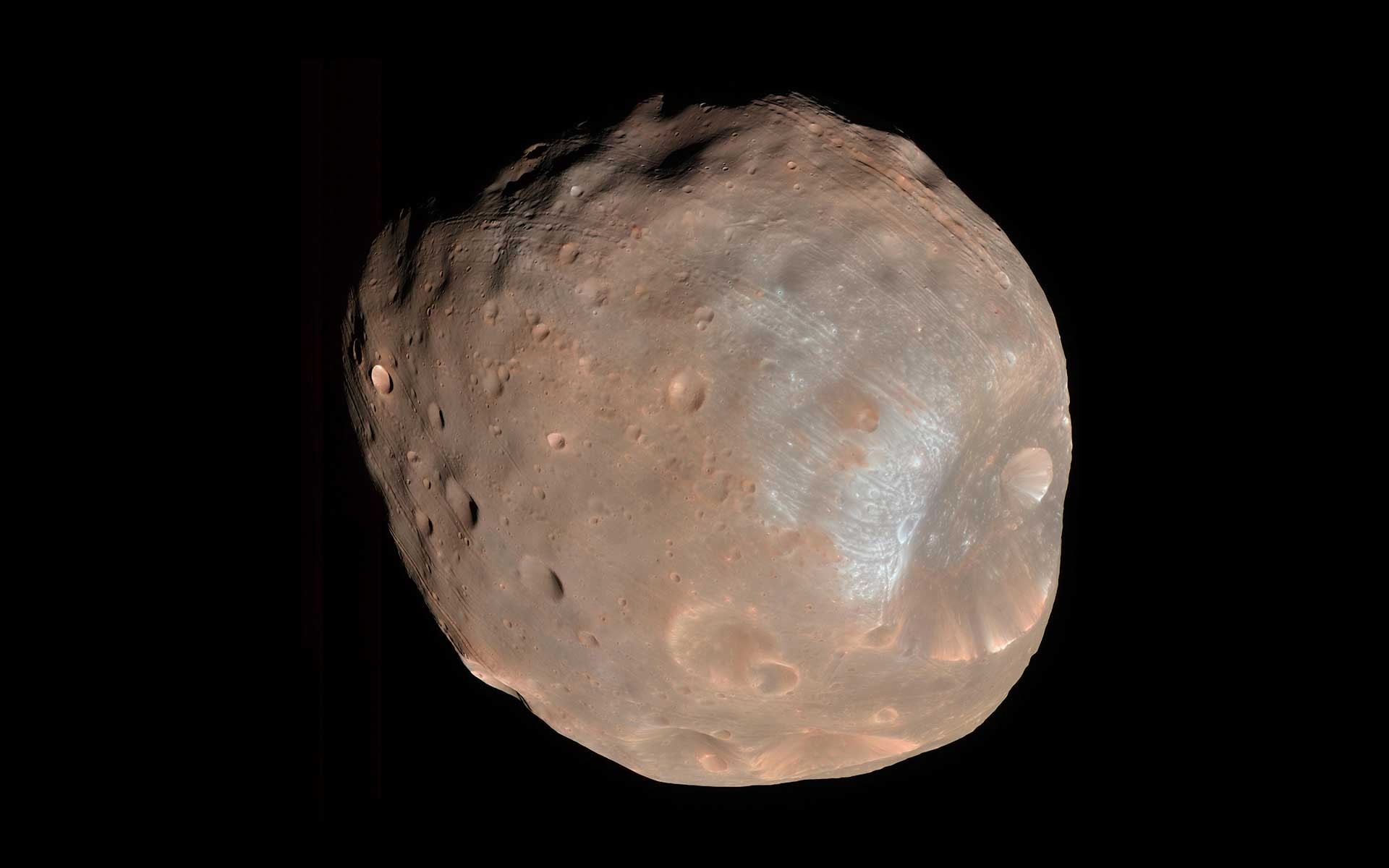Mars, often called the Red Planet due to the oxidized iron on its surface, presents a fascinating and challenging environment for exploration. One of the most significant factors influencing the habitability of any planet is its temperature. So, What Temperature Is On Mars, and how does it affect the Martian landscape?
Martian Temperatures: A Harsh Reality
The temperature on Mars varies dramatically, making it a world of extremes. Due to its thin atmosphere and greater distance from the Sun compared to Earth, Mars experiences much colder temperatures.
On average, the temperature on Mars is about -81 degrees Fahrenheit (-63 degrees Celsius). However, this is just an average. Temperatures can fluctuate wildly depending on the location and time of year.
At the equator during the day, temperatures can reach a relatively mild 70 degrees Fahrenheit (20 degrees Celsius). At night, however, temperatures plummet to as low as -100 degrees Fahrenheit (-73 degrees Celsius). Near the poles, temperatures can drop to a frigid -225 degrees Fahrenheit (-153 degrees Celsius).
Factors Influencing Martian Temperatures
Several factors contribute to the wide temperature range on Mars:
- Thin Atmosphere: The Martian atmosphere is only about 1% as dense as Earth’s. This thin atmosphere doesn’t trap heat well, leading to significant temperature fluctuations.
- Distance from the Sun: Mars is about 1.5 times farther from the Sun than Earth is. This means it receives less solar energy, resulting in colder temperatures.
- Axial Tilt and Seasons: Similar to Earth, Mars has an axial tilt, which causes it to experience seasons. However, because Mars’ orbit is more elliptical than Earth’s, the seasons are more extreme and vary in length.
Impact on the Martian Surface
The extreme temperatures on Mars have a profound impact on its surface:
- Water Ice: While liquid water cannot exist for long on the Martian surface due to the low atmospheric pressure, water ice is abundant, particularly at the poles and in the shallow subsurface.
- Dust Storms: The temperature differences between regions on Mars can create strong winds, leading to massive dust storms that can engulf the entire planet. These storms can significantly affect the planet’s temperature by blocking sunlight.
Mars: Namesake and Color
Mars was named by the ancient Romans for their god of war because its reddish color was reminiscent of blood. The Egyptians called it “Her Desher,” meaning “the red one.” Even today, it is frequently called the “Red Planet” because iron minerals in the Martian dirt oxidize, or rust, causing the surface to look red.
Size and Distance of Mars
With a radius of 2,106 miles (3,390 kilometers), Mars is about half the size of Earth. From an average distance of 142 million miles (228 million kilometers), Mars is 1.5 astronomical units away from the Sun. One astronomical unit (abbreviated as AU), is the distance from the Sun to Earth. From this distance, it takes sunlight 13 minutes to travel from the Sun to Mars.
Orbit, Rotation, and Martian Days
As Mars orbits the Sun, it completes one rotation every 24.6 hours, which is very similar to one day on Earth (23.9 hours). Martian days are called sols – short for “solar day.” A year on Mars lasts 669.6 sols, which is the same as 687 Earth days.
Mars’ axis of rotation is tilted 25 degrees with respect to the plane of its orbit around the Sun. This is another similarity with Earth, which has an axial tilt of 23.4 degrees. Like Earth, Mars has distinct seasons, but they last longer than seasons here on Earth since Mars takes longer to orbit the Sun (because it’s farther away). And while here on Earth the seasons are evenly spread over the year, lasting 3 months (or one quarter of a year), on Mars the seasons vary in length because of Mars’ elliptical, egg-shaped orbit around the Sun.
Spring in the northern hemisphere (autumn in the southern) is the longest season at 194 sols. Autumn in the northern hemisphere (spring in the southern) is the shortest at 142 days. Northern winter/southern summer is 154 sols, and northern summer/southern winter is 178 sols.
Moons of Mars: Phobos and Deimos
Mars has two small moons, Phobos and Deimos, that may be captured asteroids. They’re potato-shaped because they have too little mass for gravity to make them spherical.
The moons get their names from the horses that pulled the chariot of the Greek god of war, Ares. Phobos, the innermost and larger moon, is heavily cratered, with deep grooves on its surface. It is slowly moving towards Mars and will crash into the planet or break apart in about 50 million years.
Deimos is about half as big as Phobos and orbits two and a half times farther away from Mars. Oddly-shaped Deimos is covered in loose dirt that often fills the craters on its surface, making it appear smoother than pockmarked Phobos.
Exploring Potential for Life
Scientists don’t expect to find living things currently thriving on Mars due to the harsh temperatures and conditions. Instead, they’re looking for signs of life that existed long ago, when Mars was warmer and covered with water. The temperature plays a crucial role in determining the possibility of past or present life.
The Future of Martian Climate Research
Understanding the temperature on Mars is vital for future missions and potential colonization. Scientists continue to study the Martian climate to predict weather patterns, identify potential landing sites, and assess the availability of resources like water ice. As technology advances, our understanding of Mars and its temperature extremes will only continue to grow.
Conclusion
The temperature on Mars presents a significant challenge for both robotic and potential future human exploration. With average temperatures well below freezing and extreme fluctuations, understanding the Martian climate is crucial. Ongoing research and exploration efforts are continuously revealing new insights into this fascinating and frigid world.

